Home>Garden Essentials>How To Maintain Turf Grass
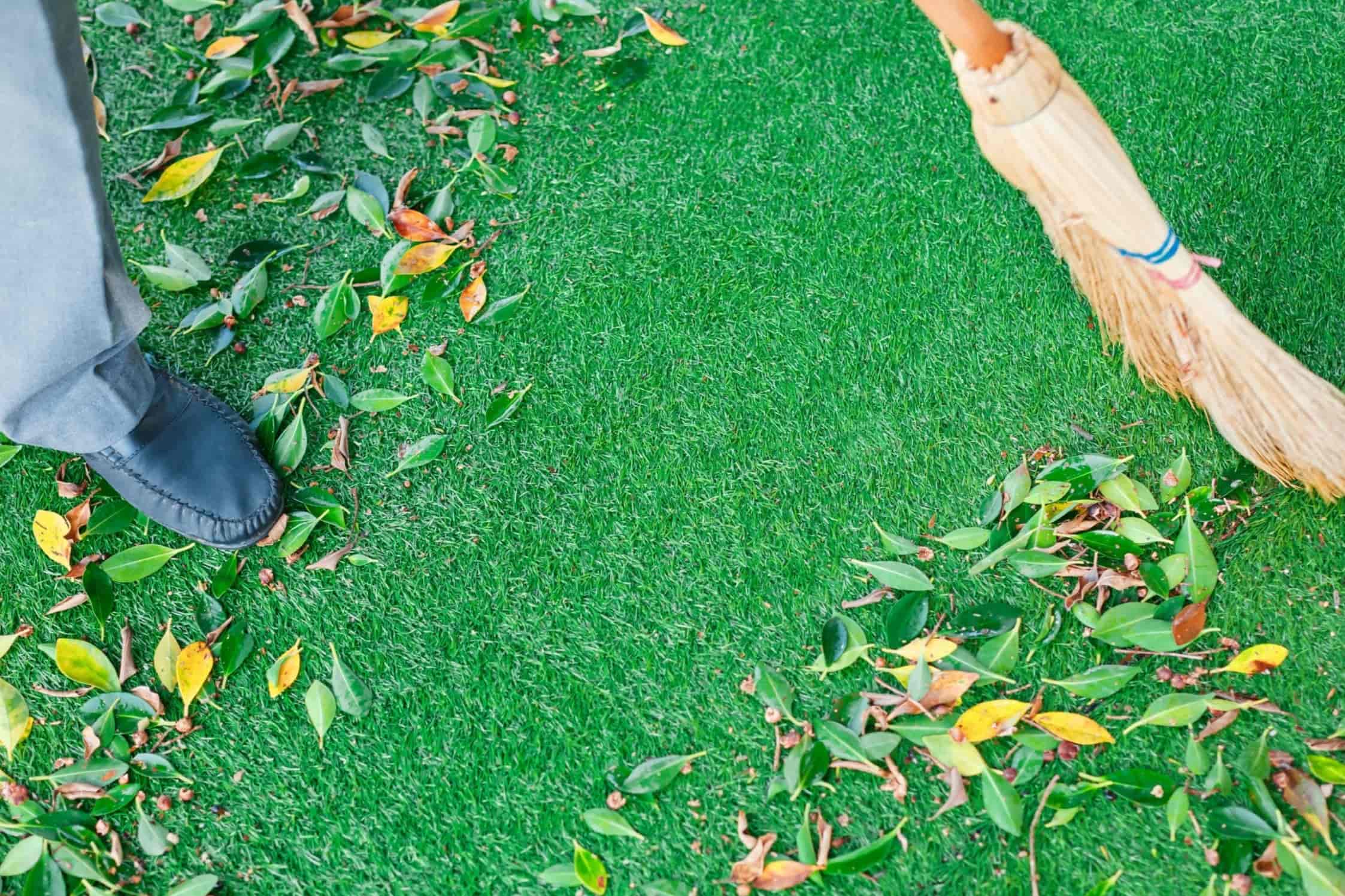

Garden Essentials
How To Maintain Turf Grass
Modified: April 22, 2024
Learn the essential tips and tricks for maintaining your garden's turf grass. Keep your lawn lush and healthy with our expert advice on garden care.
(Many of the links in this article redirect to a specific reviewed product. Your purchase of these products through affiliate links helps to generate commission for Storables.com, at no extra cost. Learn more)
Introduction
Welcome to our comprehensive guide on how to maintain turf grass. Whether you have a small backyard lawn or a large commercial sports field, proper maintenance is essential for keeping your turf healthy and lush. A well-maintained turf not only enhances the aesthetic appeal of your outdoor space but also provides a safe and functional area for various activities.
Choosing the right turf grass for your specific climate and usage is the first step towards successful maintenance. Different grass varieties thrive in different conditions, so it’s important to select one that can withstand the unique challenges of your area. Once you have the right turf grass, proper preparation of the soil, appropriate watering techniques, timely fertilization, diligent mowing, and effective pest control play crucial roles in keeping your turf in top shape.
In this guide, we will delve into the various aspects of turf grass maintenance, providing you with practical tips and insights to help you achieve a lush and healthy lawn. So let’s get started and discover the secrets to maintaining vibrant turf grass.
Key Takeaways:
- Choose the right turf grass for your climate, sunlight, and usage to make maintenance easier and ensure a thriving lawn.
- Proper watering, mowing, and pest control are essential for a healthy turf grass lawn. Adjust maintenance based on seasonal needs for optimal results.
Read more: How To Maintain Paspalum Lawn Turf
Choosing the Right Turf Grass
Choosing the right turf grass for your lawn is key to successful maintenance. There are several factors to consider when selecting the appropriate grass variety for your specific needs.
The first factor to consider is the climate in your area. Different grass types have different temperature and moisture requirements, so it’s important to choose one that is well-suited to your region’s climate. For example, warm-season grasses like Bermuda grass and Zoysia grass thrive in hot and humid climates, while cool-season grasses like Kentucky bluegrass and fescue varieties are better suited for cooler regions.
The next consideration is the amount of sunlight your lawn receives. Some grass varieties prefer full sun exposure, while others can tolerate partial shade. It’s important to assess the sunlight conditions in your yard and choose a grass variety that matches those conditions. Additionally, if you have areas of your lawn that are heavily shaded by trees or buildings, you may need to consider alternative ground cover options for those areas.
Another factor to consider is the level of foot traffic your lawn will experience. If you have kids or pets who will be playing on the lawn frequently, you’ll need a grass variety that can handle heavy use and bounce back quickly. Some grasses, like Bermuda grass and Tall fescue, are known for their durability and ability to withstand heavy foot traffic.
Lastly, consider the maintenance requirements of different grass varieties. Some grasses require more frequent mowing, watering, and fertilization, while others are more low-maintenance. Consider your available time and resources for lawn care and choose a grass variety that aligns with your maintenance preferences.
Consulting with a local gardening center or turf grass specialist can provide you with valuable insights and recommendations tailored to your specific location. They can assess your lawn’s conditions and guide you towards the best turf grass options for your needs.
By carefully considering the climate, sunlight conditions, foot traffic, and maintenance requirements, you can select the right turf grass variety that will thrive in your yard and make maintenance easier and more successful.
Preparing the Soil
The foundation for a healthy turf grass lawn begins with proper soil preparation. Preparing the soil properly ensures optimal conditions for seed germination and root development, leading to a strong and thriving lawn.
The first step in preparing the soil is to remove any existing vegetation, such as weeds or old grass. This can be done by tilling the soil or using a sod cutter, depending on the size of the area. Removing these unwanted plants allows for a fresh start and prevents competition for nutrients and water.
Next, it’s important to test the soil pH and nutrient levels. Soil pH affects nutrient availability, and most turf grasses prefer a slightly acidic pH between 6.0 and 7.0. A soil test kit can help determine the pH level and reveal any deficiencies or excesses of essential nutrients like nitrogen, phosphorus, and potassium. Based on the test results, you may need to adjust the pH or add fertilizers to ensure the soil has the right nutrient balance.
After testing and making necessary adjustments, the soil should be aerated to improve drainage and reduce compaction. This is especially important if your soil is heavy and tends to become compacted over time. Aerating can be done using a garden fork, aeration machine, or core aerator. By creating small holes in the soil, you allow air, water, and nutrients to penetrate deeply and reach the grassroots.
Before planting new grass seed or laying sod, it’s important to add organic matter to the soil. This can be in the form of compost, well-rotted manure, or peat moss. Organic matter improves soil structure, enhances nutrient retention and drainage, and promotes microbial activity. Spread a layer of organic matter over the soil surface and gently incorporate it into the top few inches of soil using a rake or garden tiller.
Finally, the soil surface should be leveled and smoothed to create an even base for the new grass. Remove any rocks, sticks, or debris and fill in any low spots. Raking the soil surface and lightly compacting it with a lawn roller will help create a smooth and level surface for optimal seed-to-soil contact.
By following these steps, you’ll lay the groundwork for a healthy and robust turf grass lawn. Preparing the soil properly ensures that your grass receives the necessary nutrients, water, and air for optimal growth and development.
Seeding or Sodding
When establishing or repairing a turf grass lawn, you have two primary methods to choose from: seeding or sodding. Each method has its advantages and considerations, and selecting the right approach depends on your specific needs and preferences.
Seeding: Seeding is the process of planting grass seeds directly into the prepared soil. It is a cost-effective option, particularly for larger areas, and allows for a wide selection of grass varieties. Here’s how to effectively seed your lawn:
- Choose high-quality grass seed that suits your climate, soil conditions, and lawn usage. Consider factors like shade tolerance, wear resistance, and maintenance requirements.
- Prepare the soil by following the steps outlined earlier in this guide. Ensure the soil is loose, well-drained, and amended with organic matter.
- Spread the grass seed evenly over the soil surface using a broadcast spreader or by hand. Be sure to follow the recommended seeding rates provided on the seed packaging.
- Gently rake the soil to lightly cover the seeds. This helps protect them from birds and maintains moisture for successful germination.
- Water the newly seeded area regularly to keep the soil consistently moist. Avoid overwatering, as it can lead to poor germination and fungal diseases.
- Once the grass reaches a height of about 3 to 4 inches, you can start mowing it. Be sure to follow the recommended mowing height for your grass variety.
- Continue to water, fertilize, and care for the seeded area following the appropriate maintenance practices discussed later in this guide.
Sodding: Sodding involves laying down pre-grown patches of grass, also known as sod, onto the prepared soil. It provides an instant lawn with established grass and roots. While sodding can be more expensive than seeding, it offers immediate results and saves time. Here are the steps to sod your lawn:
- Prepare the soil by following the soil preparation steps mentioned earlier in this guide. Ensure the soil is level, loose, and amended with organic matter.
- Acquire high-quality sod from a reputable supplier that matches your desired grass variety.
- Start laying the sod along the edges of your lawn, ensuring a tight fit against borders, pathways, or other hardscape elements.
- Stagger the sod pieces in a brick-like pattern to avoid visible seams and promote a uniform appearance.
- Press down the sod firmly to establish good soil-to-root contact. Use a lawn roller or walk over the sod to ensure proper adherence.
- Water the newly sodded area immediately and keep it consistently moist for the next few weeks until the roots establish in the soil.
- Avoid mowing the sod for the first few weeks to allow it to settle and establish itself. Once the sod has rooted, gradually introduce regular mowing and other maintenance practices.
Both seeding and sodding have their benefits, so choose the method that best suits your budget, timeline, and specific lawn requirements. Whether you decide to seed or sod, be sure to provide proper care and maintenance to help your turf grass thrive.
Watering Techniques
Proper watering is essential for the health and vitality of your turf grass. Water is necessary for seed germination, root development, and overall plant growth. However, it’s important to water your lawn correctly to avoid overwatering or underwatering, both of which can lead to issues such as shallow root growth, fungal diseases, and weed infestation. Here are some watering techniques to keep in mind:
Establishment Period: During the initial period after seeding or sodding, water is crucial to help the grass become established. Water the newly seeded or sodded area daily, keeping the soil consistently moist until the grass is well-rooted. This typically takes about 2-3 weeks, but it may vary depending on the grass variety and weather conditions. Gradually reduce the frequency of watering as the grass becomes more established.
Deep and Infrequent Watering: Once your turf grass is established, it’s important to encourage deep root growth by watering deeply and infrequently. This means applying enough water to penetrate the root zone, typically about 6-8 inches deep. This encourages the roots to grow deeper into the soil and makes them more resilient to drought conditions.
Watering in the Morning: The best time to water your lawn is in the early morning, preferably before 10 a.m. This allows the grass blades to dry off during the day, reducing the risk of fungal diseases. Watering in the evening or at night can result in prolonged moisture on the grass, increasing the likelihood of fungal issues.
Avoid Overwatering: Overwatering can cause shallow root growth, weaken the grass, and promote weed growth. To determine how much water your lawn needs, perform the “screwdriver test.” Insert a screwdriver into the soil after watering, and if it goes in easily to the full length, you have applied enough water. If it’s difficult to push the screwdriver in, you may be overwatering.
Water Conservation: While it’s important to water your lawn adequately, it’s also crucial to be mindful of water conservation. Consider using a smart irrigation system that adjusts watering schedules based on weather patterns and soil moisture levels. Additionally, avoid watering on windy days to prevent water waste due to evaporation.
Adjust for Seasonal Changes: As the seasons change, adjust your watering schedule accordingly. During cooler spring and fall months, you may need to water less frequently. In hot summer months, when the grass is under more stress, you may need to increase the watering frequency.
Remember that these watering techniques are general guidelines, and adjustments may be necessary based on your specific grass variety, soil type, and local climate. Regularly monitor your lawn and make adjustments to your watering schedule as needed to ensure your turf grass receives the right amount of water for optimal growth and health.
Read more: How To Maintain Patio Pavers
Fertilization and Weed Control
Proper fertilization and weed control are crucial components of turf grass maintenance. Fertilizers provide essential nutrients that promote healthy growth, while effective weed control helps maintain a lush and weed-free lawn. Here are some important considerations for fertilization and weed control:
Fertilization: Turf grass requires nutrients to thrive, and fertilizers provide these essential elements. Before applying any fertilizer, it’s important to conduct a soil test to determine the specific nutrient needs of your lawn. Soil tests help identify any deficiencies or excesses in nutrients like nitrogen, phosphorus, and potassium.
Based on the soil test results, choose a balanced or nitrogen-rich fertilizer with the correct ratio of nutrients for your grass species. Apply fertilizers according to the recommended application rates and timings provided on the fertilizer packaging. Typically, it’s best to fertilize your lawn in early spring and late fall when the grass is actively growing.
When applying fertilizer, use a spreader to ensure even distribution and avoid over- or under-fertilizing certain areas. Water the lawn thoroughly after fertilizing to move the nutrients into the soil and prevent burning of the grass blades.
Weed Control: Weeds can be a nuisance in a turf grass lawn, competing with the desirable grass for nutrients, water, and sunlight. Here are some strategies for effective weed control:
1. Maintain a healthy and dense lawn: A healthy and well-maintained turf grass lawn provides strong competition against weeds. Proper watering, fertilization, and mowing practices contribute to a dense grass cover that limits weed germination and growth.
2. Pre-emergent herbicides: Pre-emergent herbicides are applied before weed seeds germinate and help prevent weed growth. These herbicides form a barrier in the soil that inhibits weed seed germination. Apply pre-emergent herbicides in early spring and fall before weed germination occurs.
3. Post-emergent herbicides: Post-emergent herbicides are used to control existing weeds in the lawn. They can be selective or non-selective, targeting specific weed types or killing any vegetation they come into contact with. Follow the instructions on herbicide labels carefully, considering factors like the type of weed, timing, and application rates.
4. Hand weeding: For small infestations or sensitive areas, hand weeding can be an effective and environmentally friendly option. Ensure the removal of the entire weed, including the roots, to prevent regrowth.
Remember that weed control is an ongoing process, and regular monitoring is necessary to catch and address weed issues before they become widespread. Follow safe handling and application practices when using herbicides and always read and follow the label instructions.
By implementing proper fertilization practices and employing effective weed control methods, you can help your turf grass stay healthy, vibrant, and free of invasive weeds.
Regularly mow your turf grass to the recommended height for your specific grass type. This will help maintain a healthy and attractive lawn.
Mowing Tips
Mowing is a fundamental aspect of turf grass maintenance that promotes healthy growth, enhances the appearance of your lawn, and helps control weeds. Proper mowing techniques are essential to ensure the best results and maintain the overall health and vigor of your turf grass. Here are some important mowing tips to keep in mind:
Maintain an appropriate mowing height: Cutting grass to the right height is crucial for its health and appearance. Each grass species has an ideal mowing height, so it’s important to know the recommended height for your specific grass variety. Generally, it’s best to remove only one-third of the grass blade each time you mow.
Regularly sharpen your mower blades: Dull mower blades can tear the grass rather than cutting it cleanly, leading to a ragged appearance and potentially damaging the grass. Make sure to sharpen your mower blades at least once or twice a season to ensure a clean, precise cut.
Vary the mowing pattern: Mowing your lawn in the same direction every time can cause the grass to lean in that direction, giving your lawn a striped appearance. Varying the mowing pattern ensures that the grass blades stand upright and grow evenly. Consider mowing in a diagonal or crisscross pattern to achieve a more uniform and professional look.
Mow when the grass is dry: Mowing wet grass can result in uneven cuts, clumping, and potential damage to the grass. It’s best to mow when the grass is dry to ensure a clean and even cut.
Leave grass clippings on the lawn: Grass clippings contain valuable nutrients and organic matter that can benefit the soil and the grass itself. If you’re mowing regularly and not removing more than one-third of the grass blade, you can leave the clippings on the lawn. This practice is known as “grasscycling” and can contribute to a healthier lawn.
Adjust mowing frequency based on growth: The frequency of mowing depends on the rate of grass growth. During periods of rapid growth, you may need to mow more frequently to maintain the recommended mowing height. In slower growth periods, you can adjust the mowing frequency accordingly.
Take care of your mower: Regular maintenance of your mower, including oil changes, air filter cleaning or replacement, and spark plug checks, ensures optimal performance. A well-maintained mower will provide a cleaner and more efficient cut.
By following these mowing tips, you can maintain a healthy and well-manicured turf grass lawn. Proper mowing practices contribute to the overall health and appearance of your lawn, promoting dense growth and reducing weed invasion. Remember to adjust your mowing techniques based on grass type, seasonal changes, and specific lawn conditions to achieve the best results.
Dealing with Pests and Diseases
Pests and diseases can wreak havoc on your turf grass and compromise its health and appearance. Effective management of pests and diseases is crucial to maintain a lush and thriving lawn. Here are some tips to help you deal with pests and diseases:
Pest Identification: Proper identification of pests is essential to determine the most effective control measures. Common turf grass pests include grubs, chinch bugs, armyworms, and nematodes. Keep an eye out for signs of pest damage, such as brown patches, thinning areas, or chewed grass blades. Identifying the specific pest will guide you in selecting the appropriate treatment.
Cultural Practices: Good cultural practices can help prevent and control pest and disease issues. Regularly mowing at the appropriate height, watering deeply and infrequently to promote deeper root growth, and proper fertilization can strengthen the grass and make it more resilient to pests and diseases.
Integrated Pest Management (IPM): IPM is a comprehensive approach to pest management that combines various strategies to minimize the use of chemicals. It involves monitoring pest populations, using biological controls, employing cultural practices, and only using pesticides as a last resort. IPM seeks to establish a balance between pests and their natural predators while minimizing risks to the environment and human health.
Chemical Control: In some cases, chemical control may be necessary to manage pests or diseases that have become problematic. Consult with a professional or local extension service to identify and select the appropriate pesticide for your specific pest or disease. Follow all label instructions carefully, including safety precautions, application rates, and timing.
Disease Prevention: Several cultural practices can help prevent the development and spread of diseases in your lawn. These include proper mowing techniques, maintaining good soil health, and avoiding excessive nitrogen fertilization. Additionally, ensure proper air circulation by trimming trees and shrubs that may obstruct airflow and foster disease development.
Disease Treatment: If you notice signs of turf grass diseases, such as brown patches, yellowing, or fungal growth, it’s important to take action promptly. Identifying the specific disease is critical to implementing the appropriate treatment. Fungicides may be necessary to control fungal diseases, while cultural practices like proper watering and improved soil drainage can help manage disease development.
Professional Assistance: If pest or disease issues persist or escalate despite your best efforts, consider seeking assistance from a professional lawn care service or a local extension office. They can provide expert advice and interventions tailored to your specific situation.
By implementing preventive measures, practicing good cultural practices, and identifying and addressing pest and disease issues promptly, you can protect the health and vitality of your turf grass. Regular monitoring and maintenance are key to keeping pests and diseases at bay and enjoying a beautiful, pest-free lawn.
Proper Aeration and Thatch Control
Aeration and thatch control are important maintenance practices that promote the health and vigor of your turf grass. Proper aeration helps improve soil structure, increase oxygen levels, and enhance water and nutrient uptake, while effective thatch control prevents the accumulation of excessive organic matter. Here are some tips for proper aeration and thatch control:
Aeration: Aeration involves creating small holes in the soil to alleviate compaction and improve air, water, and nutrient movement to the grassroots. It is especially beneficial for lawns with heavy or compacted soil. Here’s how to aerate your lawn effectively:
- Choose the right time: Aerate your lawn during the growing season when the grass is actively growing and can recover quickly.
- Prepare the lawn: Before aerating, water the lawn thoroughly, or perform aeration after rainfall when the soil is slightly moist. This helps facilitate the process and prevents excessive damage to the grass.
- Select the appropriate aerating tool: There are various aerating tools available, including manual aerators, spike aerators, and core aerators. Core aerators, which remove small plugs of soil from the lawn, are the most effective and recommended option.
- Aerate the lawn: Begin aerating by making overlapping passes across the lawn, focusing on high-traffic areas and compacted spots. The holes should be spaced around 2-4 inches apart. Leave the soil plugs on the surface; they will break down and help loosen the thatch layer.
- After aerating: After aerating, water the lawn lightly to encourage the soil particles to fill the holes and aid in the recovery process.
Thatch Control: Thatch is a layer of dead grass stems, roots, and other organic matter that accumulates above the soil. Excessive thatch can impede water penetration, nutrient absorption, and air circulation, leading to shallow root growth and increased pest and disease susceptibility. Here’s how to control thatch effectively:
- Maintain proper mowing practices: Avoid cutting the grass too short, as this can promote thatch buildup. Instead, follow the recommended mowing height for your grass variety, as discussed earlier in this guide.
- Rake or dethatch: Use a thatch rake or power rake to gently remove excess thatch from the lawn. This process should be done with care to avoid damaging the grass.
- Aerate regularly: Regular aeration helps break up and loosen thatch, allowing for better decomposition and preventing its accumulation.
- Add microbial activity: Introducing beneficial microbial activity through the application of compost or organic matter can help break down thatch naturally.
Both aeration and thatch control should be performed as needed based on the condition of your lawn. Aeration is typically recommended once every few years or when the soil becomes compacted, while thatch control can be done as necessary to maintain a healthy level of organic matter in the lawn.
By incorporating proper aeration and thatch control practices into your turf grass maintenance routine, you can ensure optimal soil health, encourage deep root growth, and promote a lush and resilient lawn.
Read more: How To Maintain Artificial Grass
Seasonal Maintenance Tips
Proper seasonal maintenance is essential for the long-term health and vitality of your turf grass. Different seasons bring unique challenges and requirements, and adjusting your maintenance practices accordingly will help keep your lawn in its best condition year-round. Here are some seasonal maintenance tips to follow:
Spring:
- Rake and remove any remaining leaves, debris, or winter-killed grass to promote new growth.
- Aerate the lawn to alleviate compacted soil and improve air and water circulation.
- Overseed thin or bare patches to fill in the lawn and promote density.
- Apply a slow-release nitrogen-rich fertilizer to support healthy growth.
- Start regular mowing, gradually reducing the mowing height to the recommended level for your grass variety.
Summer:
- Monitor and adjust your watering schedule to account for hotter temperatures and increased evaporation.
- Mow at the recommended height, but avoid cutting the grass too short during dry periods to prevent stress.
- Apply a light layer of compost or organic matter to help retain soil moisture and provide nutrients.
- Be vigilant for signs of lawn diseases, and address any issues promptly to prevent further spread.
- Inspect and adjust any irrigation systems to ensure proper coverage and efficient watering.
Fall:
- Rake fallen leaves or use a mulching mower to shred them into smaller pieces that can decompose into the lawn.
- Aerate the lawn to promote root growth and alleviate soil compaction.
- Overseed to repair damaged areas and enhance turf density.
- Apply a slow-release fertilizer formulated for fall feeding to strengthen the grass before winter.
- Gradually raise the mowing height to prepare the grass for winter and promote deeper root growth.
Winter:
- Keep the lawn clear of debris to prevent smothering and promote air circulation.
- Minimize foot traffic on frozen or snow-covered grass to prevent damage.
- Avoid applying lawn treatments during freezing temperatures.
- If possible, continue to remove any snow to reduce the risk of snow mold disease.
- Consider performing any necessary equipment maintenance and repairs during the off-season.
Remember to adjust your maintenance practices based on your specific grass variety, local climate, and lawn conditions. Regular monitoring and timely interventions can help address any issues and maintain a healthy and vibrant turf grass lawn throughout the seasons.
Conclusion
Congratulations! By following the comprehensive maintenance tips outlined in this guide, you are well on your way to achieving a lush, healthy, and vibrant turf grass lawn. From choosing the right grass variety to implementing proper watering techniques, fertilization, mowing, and pest control practices, each step plays a vital role in maintaining the overall health and appearance of your lawn.
Remember, every lawn is unique, and it’s important to pay attention to the specific needs of your turf grass. Take into consideration factors such as climate, soil type, sun exposure, and intended usage when applying the maintenance practices discussed. By doing so, you’ll be able to tailor your approach to provide the optimal growing conditions for your grass, resulting in a beautiful and resilient lawn.
Regular maintenance is key to the long-term success of your lawn. Stay diligent with mowing at the appropriate height, adjusting your watering schedule according to the season, applying fertilizers at the right time, and addressing any pest or disease issues promptly. Incorporate aeration and thatch control as needed to ensure optimal soil health and drainage.
Lastly, be patient and consistent. Establishing a healthy lawn takes time and effort, but the rewards are well worth it. Enjoy the beauty and functionality of your turf grass lawn, and take pride in the knowledge that your hard work has resulted in a stunning outdoor space for you and your loved ones to enjoy.
With the guidance provided in this guide, you now have the tools and knowledge to become a turf grass maintenance expert. Embrace the joy and satisfaction of nurturing your lawn, and watch it flourish before your eyes. Here’s to a vibrant, thriving, and envy-inducing turf grass lawn!
Frequently Asked Questions about How To Maintain Turf Grass
Was this page helpful?
At Storables.com, we guarantee accurate and reliable information. Our content, validated by Expert Board Contributors, is crafted following stringent Editorial Policies. We're committed to providing you with well-researched, expert-backed insights for all your informational needs.
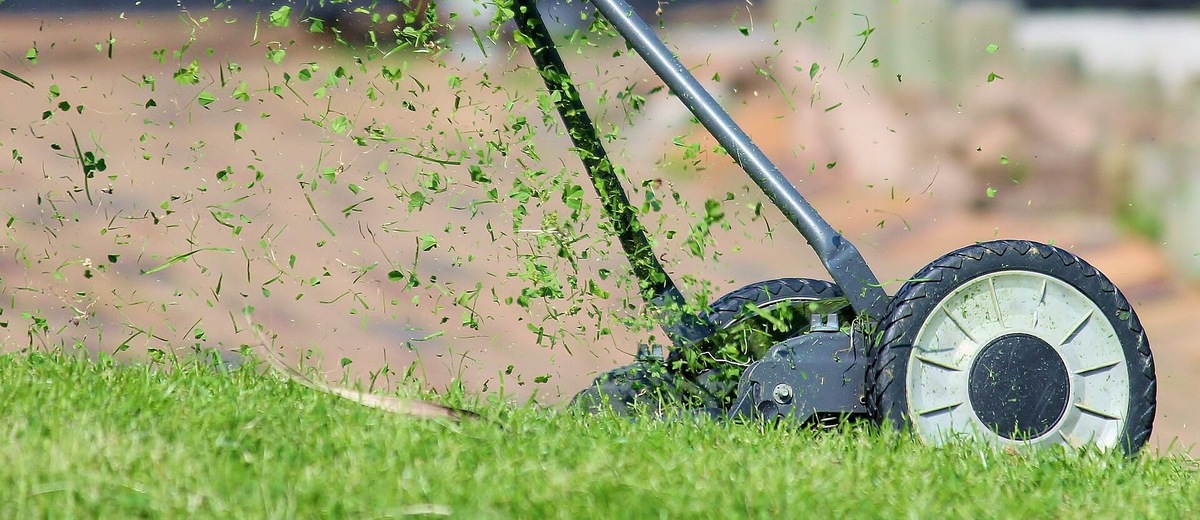
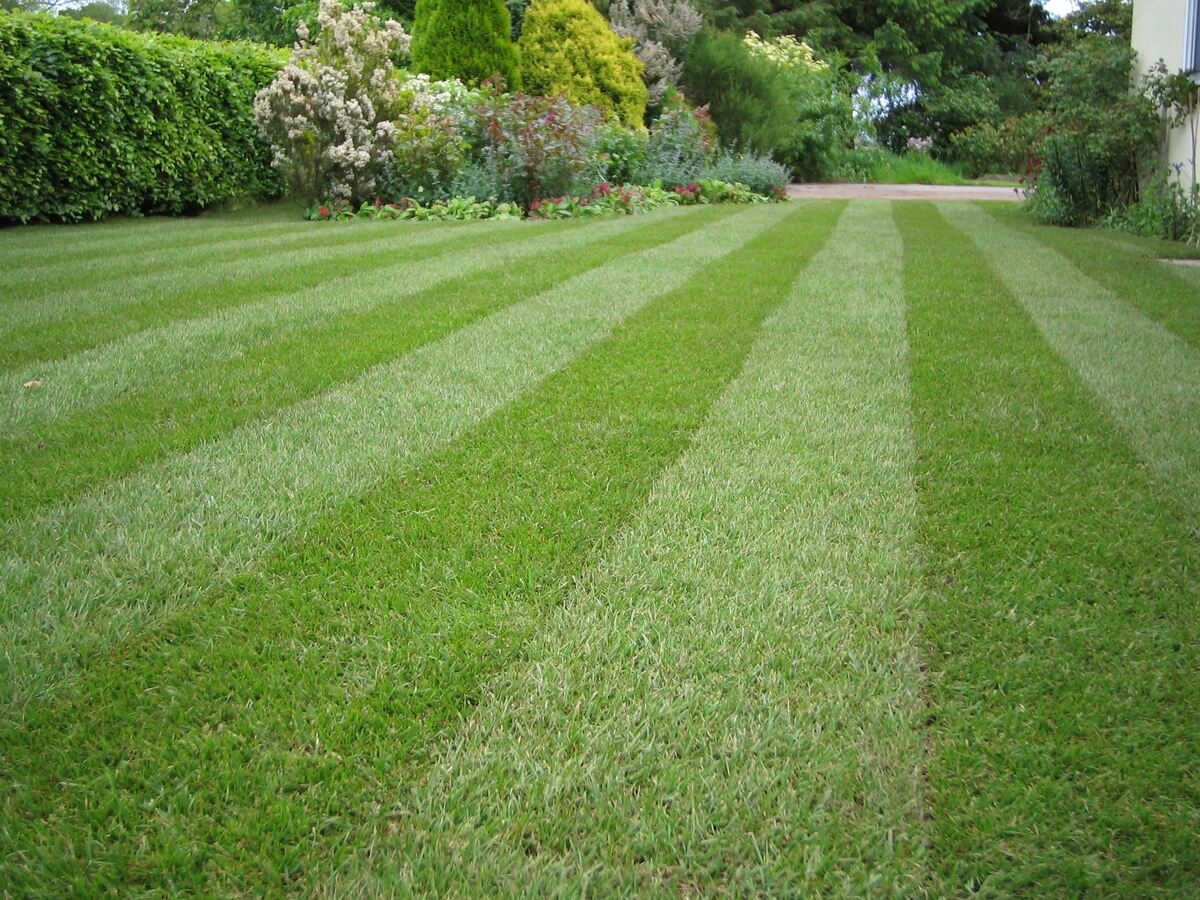

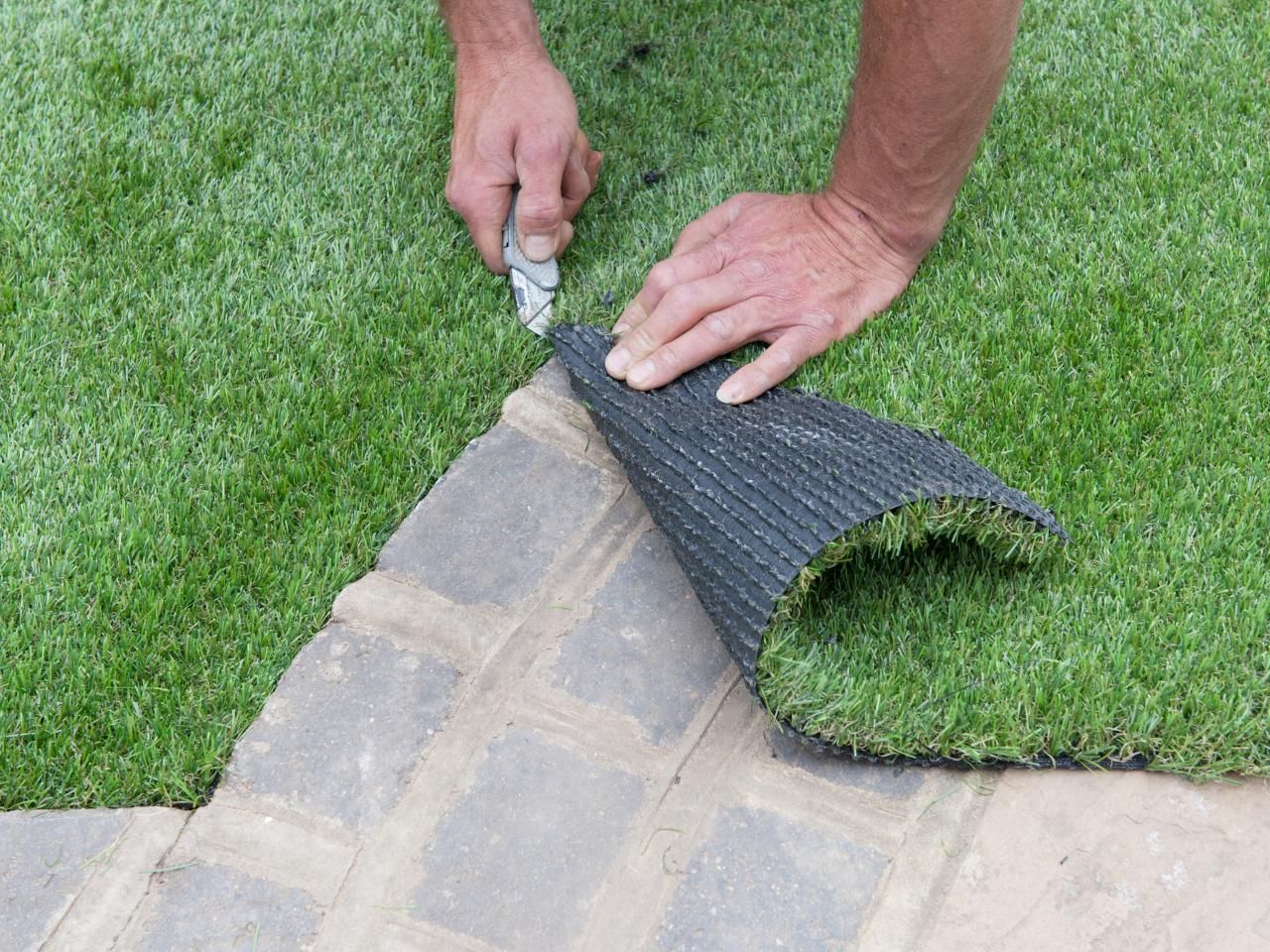
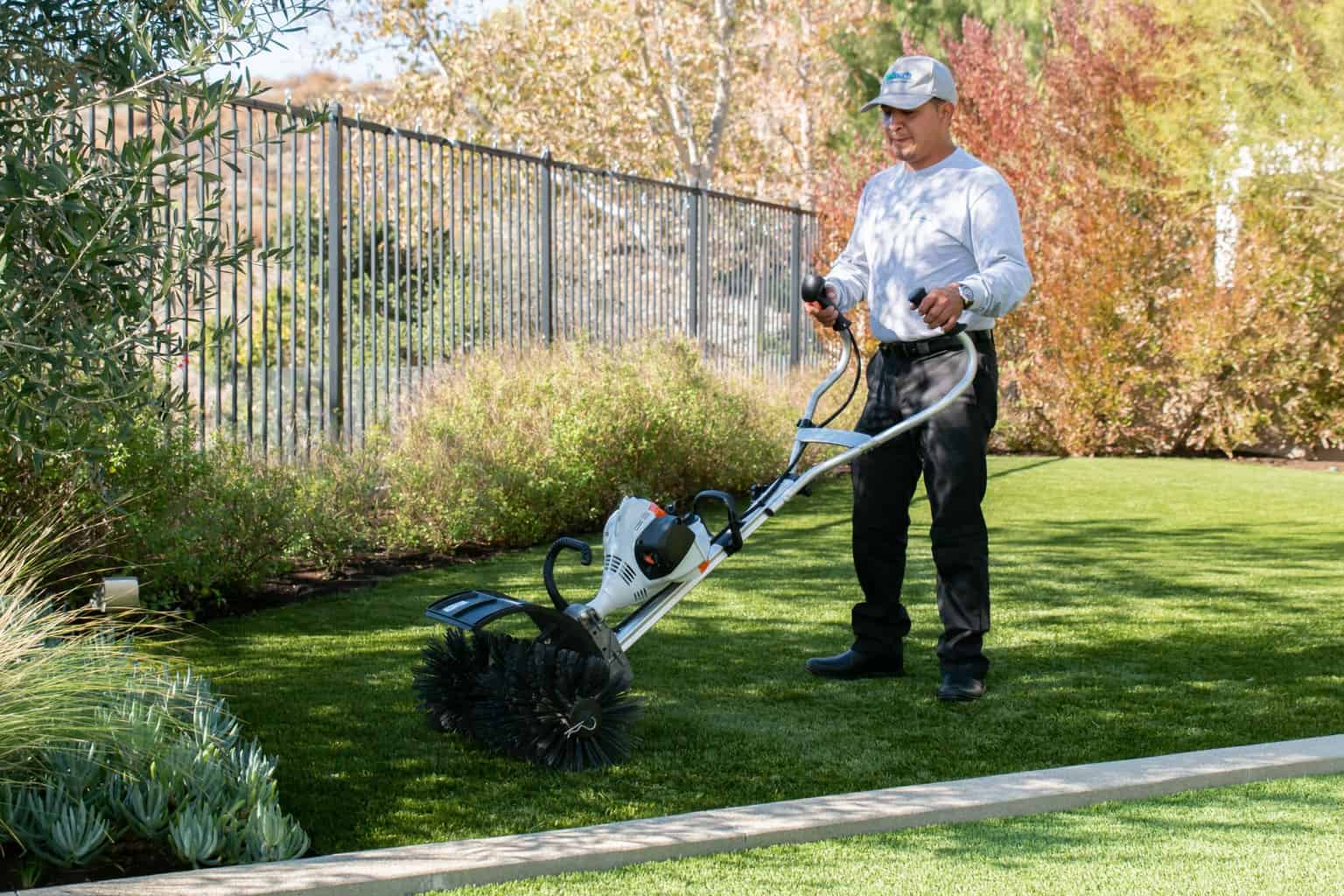
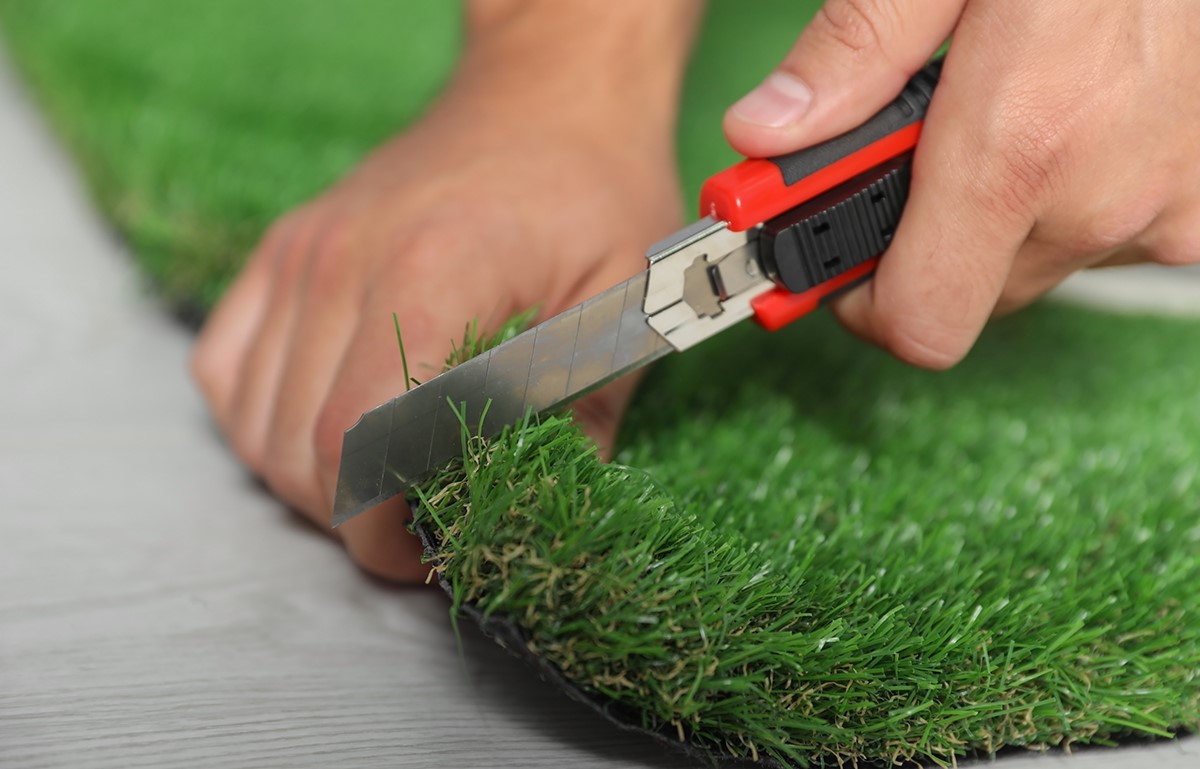
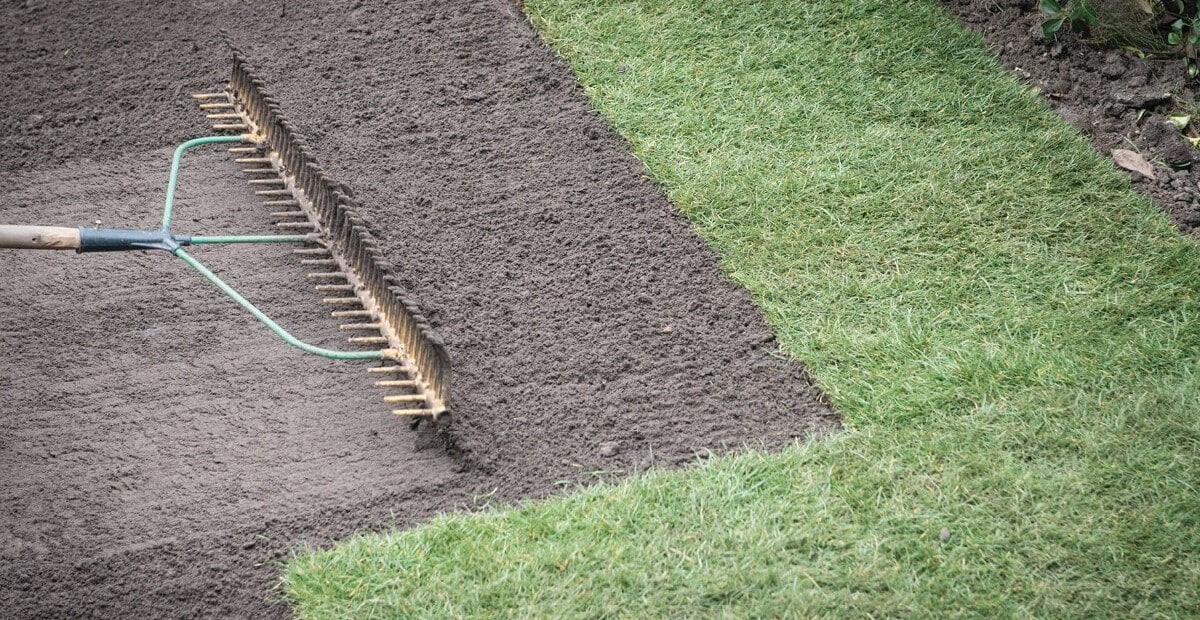

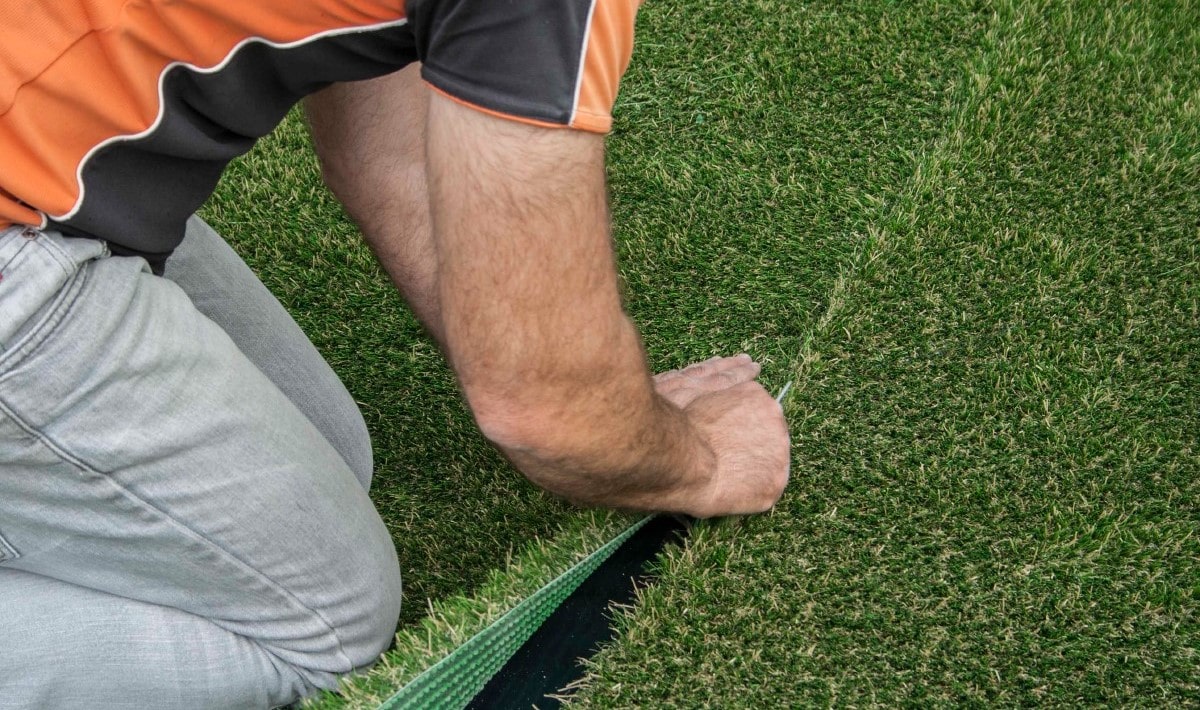
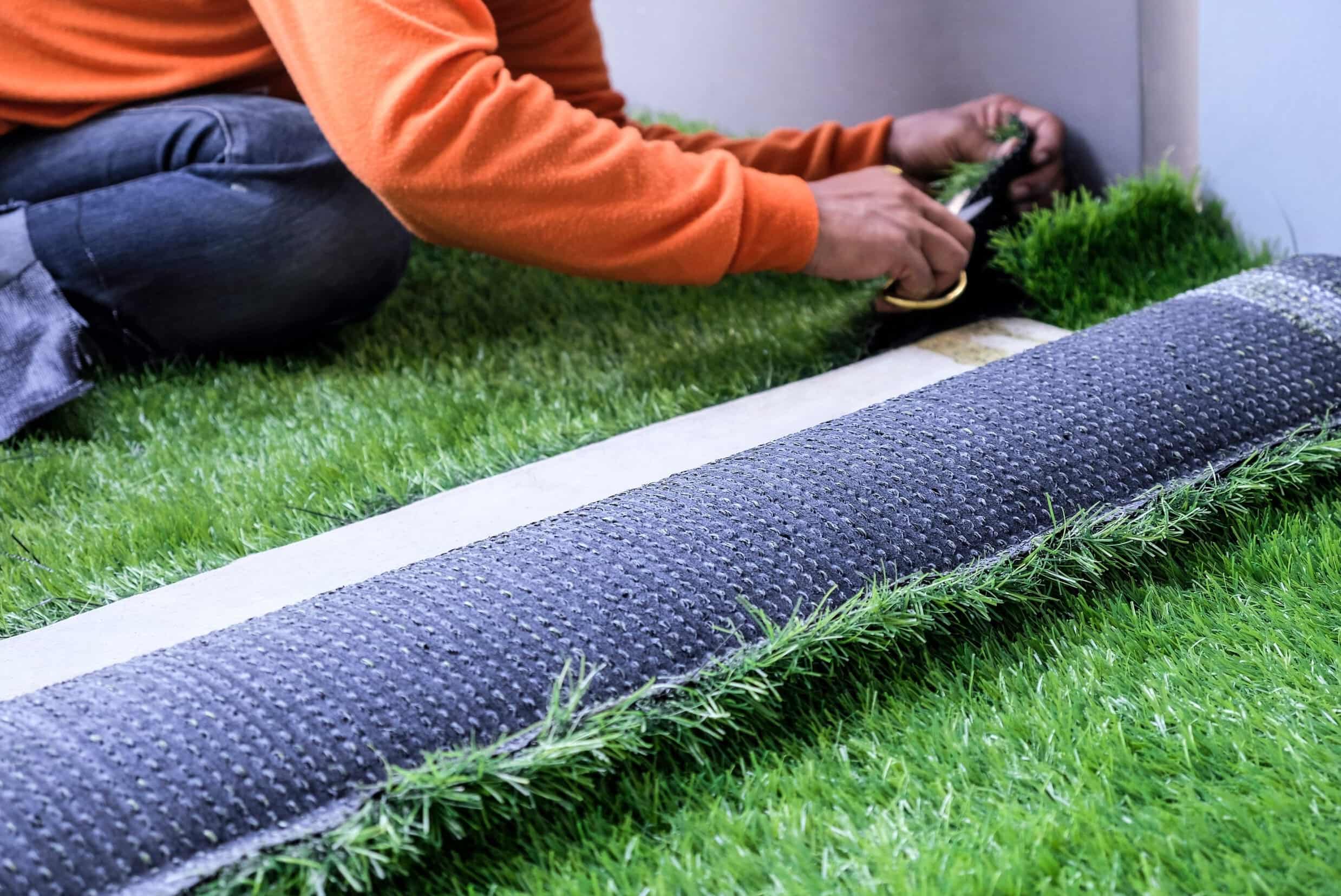
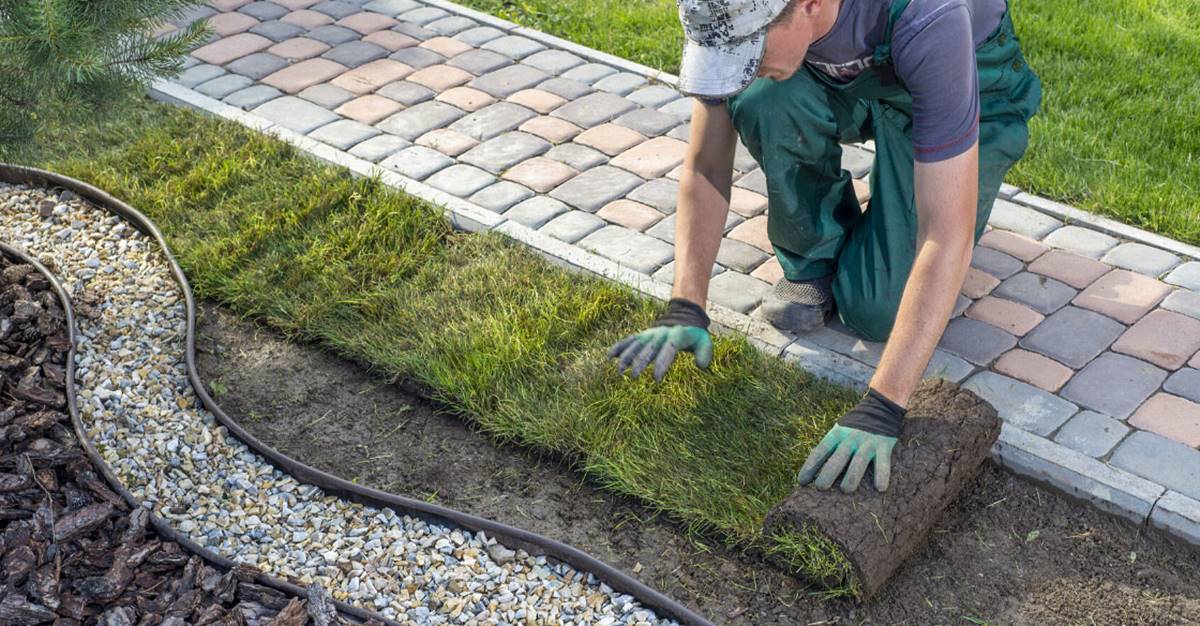
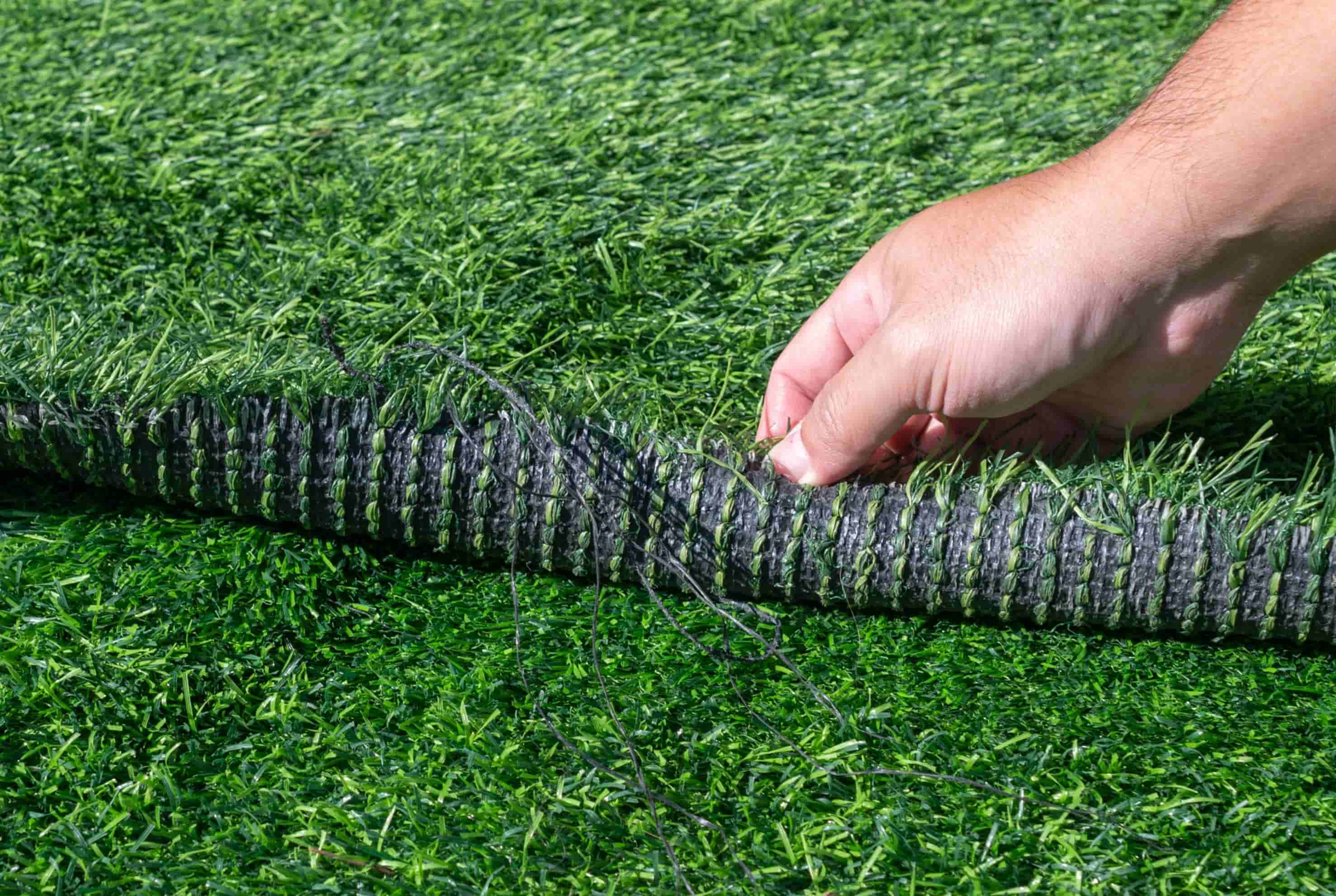
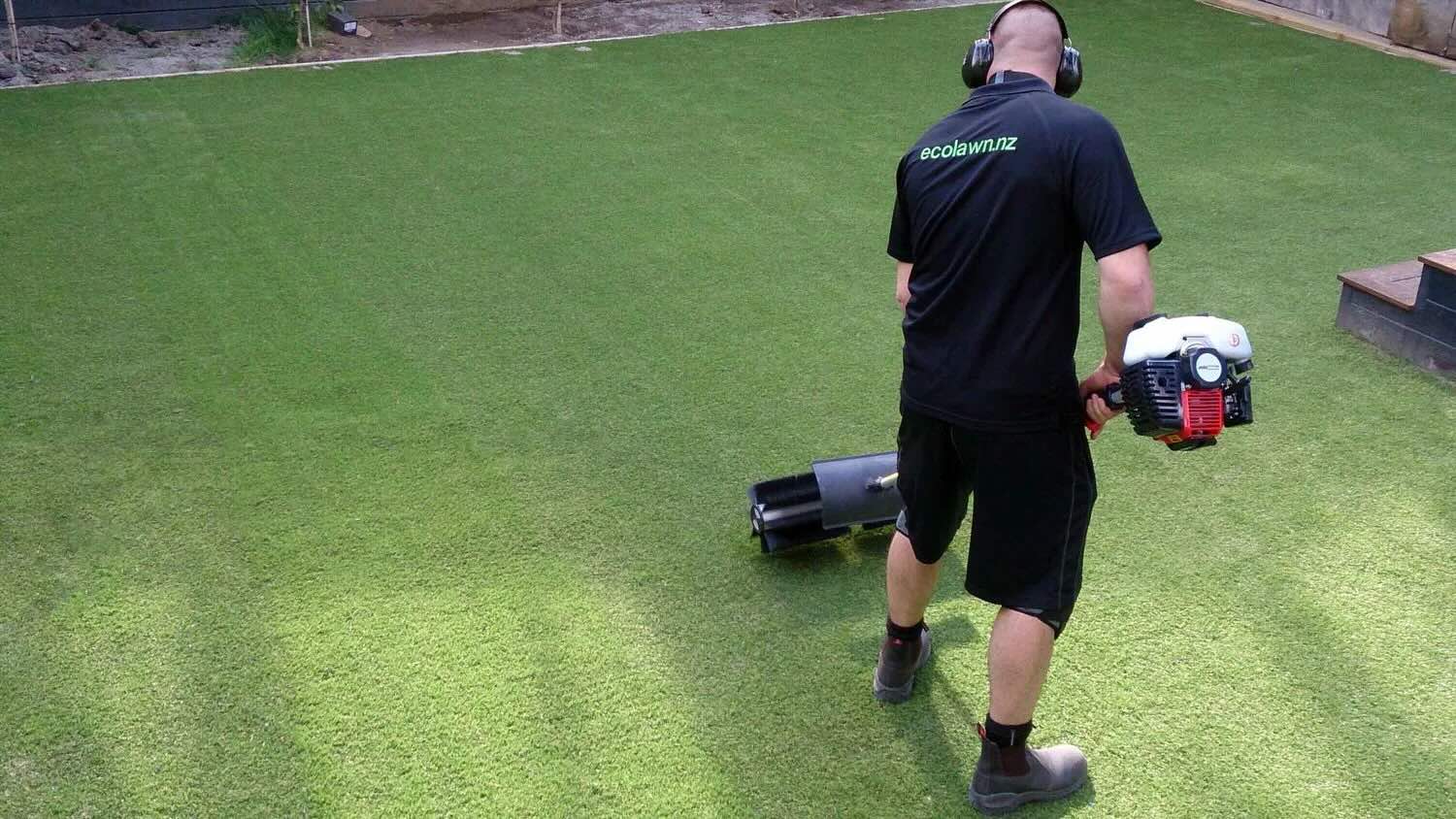

0 thoughts on “How To Maintain Turf Grass”